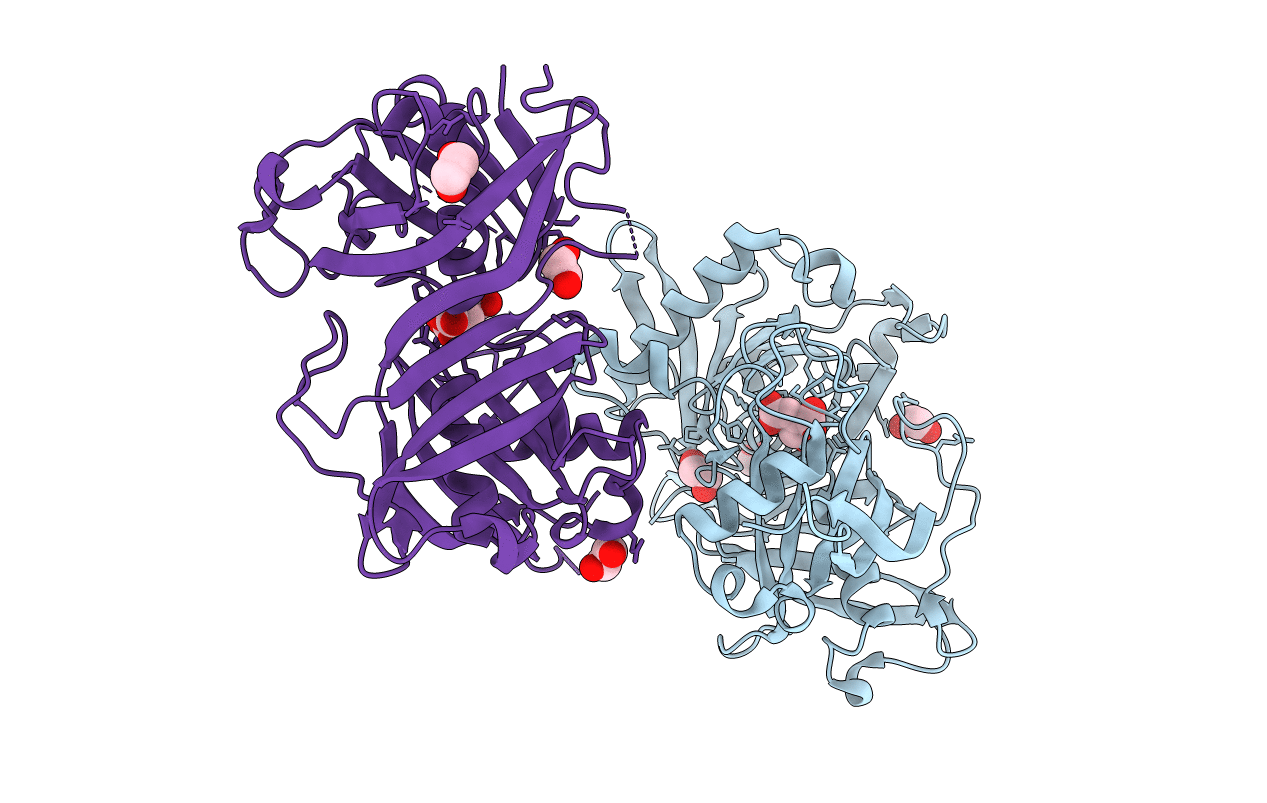
Deposition Date
2007-05-10
Release Date
2007-08-21
Last Version Date
2024-02-21
Entry Detail
PDB ID:
2PW0
Keywords:
Title:
crystal structure of trans-aconitate bound to methylaconitate isomerase PrpF from Shewanella oneidensis
Biological Source:
Source Organism:
Shewanella oneidensis (Taxon ID: 70863)
Host Organism:
Method Details:
Experimental Method:
Resolution:
1.57 Å
R-Value Free:
0.23
R-Value Work:
0.20
R-Value Observed:
0.20
Space Group:
P 1 21 1


